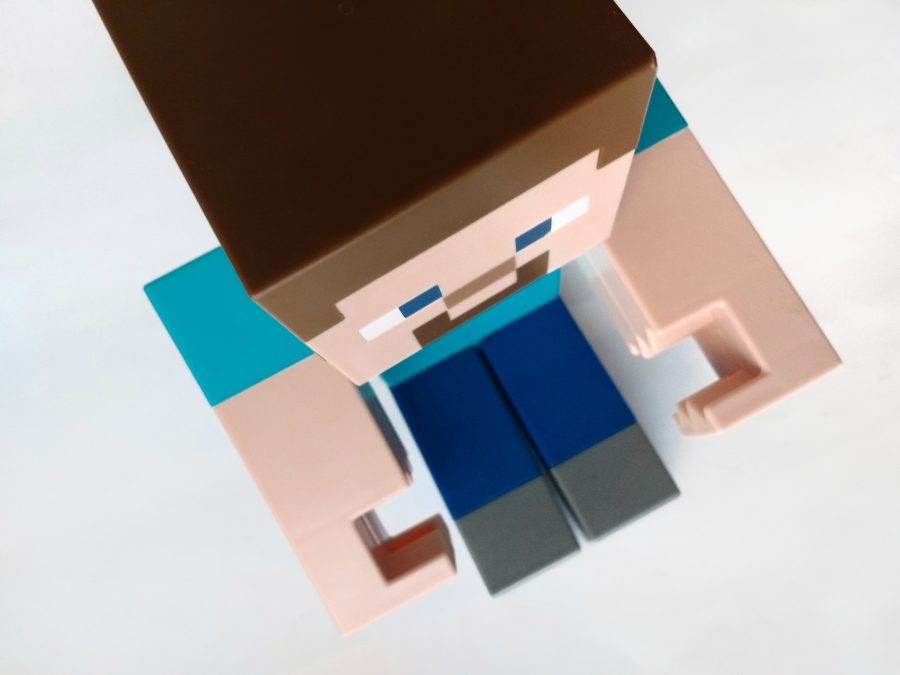Today in our EDCI336 class we were visited by a teacher and group of students from Colquitz Elementary and Spectrum High school. These bright young people helped teach our entire class how to play Minecraft– a dynamic video game that allows players to mine resources and use them to build all sorts of structures and tools. I had originally learned about the game from my younger brother who began playing it on X-box a number of years ago, and since its origination Minecraft has expanded greatly, becoming a valued classroom tool for teaching many different subjects. For those new to Minecraft, you choose a character and are set into a pixelated world of opportunity. On one hand, this limitless world of blocks can seem daunting, but on the other, it is exciting, for as you gain the knowledge and familiarity of how to play the game, Minecraft becomes an essential platform for creativity and construction. It can be used in the classroom to teach teamwork (by playing on the same server) and problem-solving, mathematics (especially in regards to patterns), art (a good alternative to a diorama), and many other things. It can even act as a platform for teaching how to code! As a pre-service teacher, this tool seems like it should be a staple in the classroom for its benefits towards pedagogy, and how it allows students to connect in a constructive way. With little instruction from educators, students are able to complete their own independent projects or shared class assignments. For example, making checklists of tasks for students to complete can be a great way of utilizing Minecraft to teach across an array of subjects all in one lesson, but one of the most effective parts is the reflection that students complete afterward. This allows students to connect what they’ve learned in the game to real life, whether that relates to environmental or mathematical lessons, or simply strategy and problem-solving. Another great feature in Minecraft is the crafting table, where players must put together certain combinations of resources to create new tools or materials. Allowing students the opportunity to figure these combinations out for themselves is greatly beneficial, as they are more likely to develop a deeper understanding than if they were told how to do it. They will also be more eager to teach the information to their friends, helping them to root these lessons deep into their memory.
When it comes to teachers using Minecraft, not only can they control a character in the same server as their students, but they monitor their students using their unique facilitator account and adjust or limit certain abilities for each student. This allows them to keep students on task when using Minecraft to teach a particular lesson.
Apart from its pedagogical benefits, Minecraft can also act as a tool for students to connect over. For those students that are more comfortable playing a cerebral game rather than competing in physical activity, Minecraft can offer a safe place for friends to socialize with friends, making it a very inclusive tool. Needless to say, my brother is going to be quite happy when I tell him how I plan to incorporate Minecraft in my classroom!

